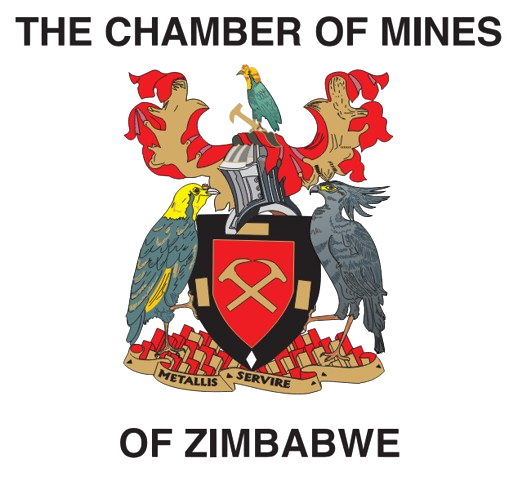Zimbabwe is home to long fibre asbestos, which has not been proven to be hazardous to human health. However, the blanket restriction placed on asbestos in certain markets in Europe and North America have thwarted the further development of production of this mineral in Zimbabwe. As more countries limit the use of asbestos products and the global market shrinks, competition for markets will be stiff. However, Zimbabwe has established a foothold in the Asian market and given the quality of the fibre produced, it is expected that there will be a sizeable market for Zimbabwean asbestos in the foreseeable future. Asbestos production for 2009 was about 5 000 tonnes compared to 250 000 tonnes produced in 1980. There are sufficient reserves to match the 1980 production for many years to come provided that capital is invested in this sector.
Industrial minerals
Industrial
minerals
Below are examples of industrial materials: Zimbabwe has been producing lithium over the last 60 years. It is estimated that over 11 Million tonnes of caesium – petalite resource exist at Bikita, making it the largest known such deposit in the world. Production at peak is about 50 000 tpa LiO2. Graphite is produced at 1000 tonnes a month at Lynx Mine in the Northern part of the country. Lithium and Graphite are exported as raw products and could be with hardly any local demand require value addition locally and expansion of production base. High volume low value minerals such as limestone, phosphate, iron pyrites and others are the backbone of local industries as they feed important domestic industries such as cement, fertiliser, paints and other industrial filers. There is an abundance of limestone to meet the country’s future needs. The country is yet to invest significantly in industrial minerals. The distinctive Zimbabwe Black Granite is a much sought after dimension stone in the world. The resource is considerable and there is potential for investment by both local and foreign companies. Less than 10% of the total production is cut and polished locally, leaving a lot of room for investment in the value addition. Despite the fact that the quantities produced are small, minerals such as kyanite, tantalite, magnesite, pyrites, clays, slates, phosphate, etc form the bulk of the large number of exploited minerals in Zimbabwe. These minerals can be developed at both large and small scales, and by both local and foreign investors. Asbestos Lithium Graphite Black granite



.png)

.png)

.png)

